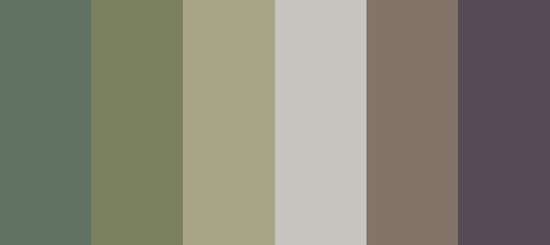The colour of military uniforms has evolved dramatically over the last several hundred years. Battles in the Napoleonic Wars and the American Revolutionary saw militia wearing bright reds, greens and blues. Distinctive colours allowed one to discern the enemy on smoke-filled battlefields. Colourful hats, waistcoats, sashes and epaulettes helped soldiers distinguish an individual’s responsibilities and rank. With advancements in weaponry range and accuracy, bright colours became a detriment to armies. During the American Civil War, things started to shift – uniforms adopted a more muted palette, primarily due to lack of money, but also to minimize visibility of the combatants. By the early 1900s, wearing flashy dress uniforms was limited to military parades and special events.
During WWI, many countries, in an attempt to protect soldiers and equipment, experimented with various forms of camouflage. Elements such as texture, pattern and colour helped disguise assets from the enemy. Uniforms now adapt their camouflage to the environments where they are worn. Patterns have been created to blend in with urban areas, tropical forests, deserts and snow.
In 2015, the United States Army introduced the Operational Camouflage Pattern (OCP) (see above) to replace the Universal Camouflage Pattern (UCP), which had been in use since 2005. Studies proved that the UCP uniform was not adequately protecting troops stationed in the various geographical areas of Afghanistan. Developing a new pattern began in 2010 and after reviewing twenty-two design options, OCP came out on top. Both the United States Army and the United States Air Force now wear this new uniform. The official colours of this pattern include “gray, artichoke, laurel green, American silver, grullo and dark silver.”
Image: SchemeColor
The US Army’s press release stated, "the Operational Camouflage Pattern was selected following the most comprehensive uniform camouflage testing effort ever undertaken by the Army, reflecting the Army's paramount commitment to force protection." This change and the subsequent rollout is estimated to have cost the US Congress 4-5 billion dollars.

